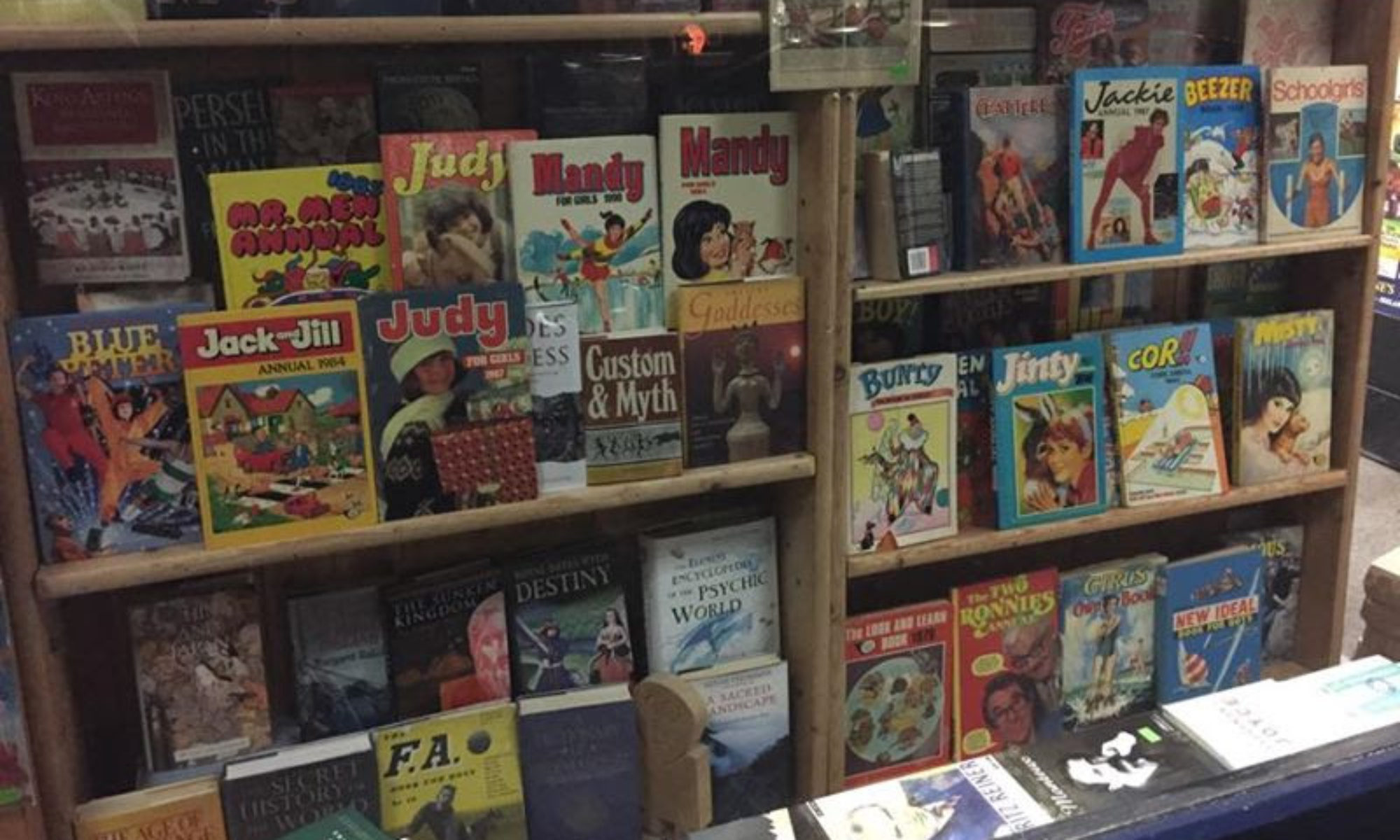In 2009 I happened to attend The Toys of the Avant-Garde, a temporary exhibition held in the Picasso Museum in Malaga. A multi-lingual book was published as the catalog to the Picasso Museum’s exhibition of the same name. It was a bitter disappointment. The Museum was credited as publisher. No author was named on the cover. The images were lovely, and fascinating. But the writing, on casual inspection, was bad verging on terrible.
In contrast, the exhibition itself was filled with very interesting things- objects and quotes. All were the product of an effort, an artistic effort as well as a social and political one, to treat children with respect and to aid them in their development. The modernist movement, or at least some of its artistic adherents, believed that by encouraging children to be imaginative and creative, they could free the next generation from the errors which had just blighted the world.
Amongst the exhibits included a room filled with the furniture designed for children’s rooms and for Primary Schools across Europe. The surprising thing is how the artists hit upon many of the things which are now taken for granted. Many of the model furnished rooms could have come from a current Primary School and not look out of place. Clean lines, solid construction, bright colours and the placement of items such as hooks and rails at a height suitable for children to use themselves were all part of the movement’s efforts to respect that the fact that they were not designing for a School Board, or government. Rather they were designing for the children themselves.
Also included were examples of wooden toys and games. Of great interest to me were the building block sets described as Kindergarten Gift Sets. Though spectacularly expensive when first introduced, the idea was to allow the children of a village or neighbourhood to create objects together and explore the physical world, in groups, in as open a way as possible, through free play. A collection of geometric shapes, arches and curves, the sets were painted in bold colours and instantly familiar to anyone who has been a child in the last 70 years.
And finally, as a special treat for me, I turned around and found myself looking at original pages from the Chicago Sunday Tribune Kin-der-kids comic strip, sent to the paper from Germany, where their creator was also an established modernist artist. Also, even better, the framed artist’s sketches for the famous introductory cartoon of the Author/artist Lyonel Feininger as puppet master with his soon to be introduced characters as his playthings. The Kin-der-kids weren’t mainly intended for children to read- they were a mass audience strip. But I can’t resist the chance to use the picture as I love it so.
